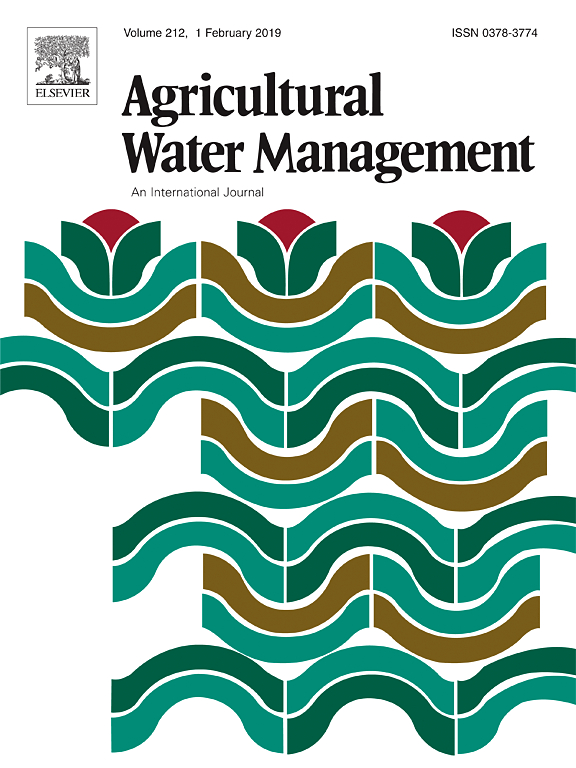In the seasonal trop ics, vegetation shows large reflectance variation because of p henology , which comp licates land cover change monitoring. Ideally , multi-temp oral images for change monitoring should be from the same season, but availability of cloud-free images is limited in wet season in comp arison to dry season. Our aim was to investigate how land cover classification accuracy depends on the season in southern Burkina Faso by analyzing 14 Landsat 8 OLI images from April 2013 to April 2014. Because all the images were acquired within one y ear, we assumed that most of the observed variation between the images was due to phenology .All the images were cloud masked and atmospherically corrected. Field data was collected from 160 field p lots located within a 10 km × 10 km study area between December 2013 and February 2014. The p lots were classified to closed forest, op en forest and crop land, and used as training and validation data. Random forest classifier was emp loy ed for classifications. According to the results, there is a tendency for higher classification accuracy towards the dry season. The highest classification accuracy was provided by an image from December, which corresponds to the dry season and minimum NDVI period. In contrast, an image from October, which corresponds to the wet season and maximum NDVI period provided the lowest accuracy . Furthermore, the multi-temp oral classification based on dry and wet season images had higher accuracy than single image classifications, but the improvement was small because seasonal changes affect similarly to the different land cover classes.
DOI:
https://doi.org/10.5194/isprsarchives-XL-7-W3-455-2015
Skor altmetrik:
Jumlah Kutipan Dimensi:



















